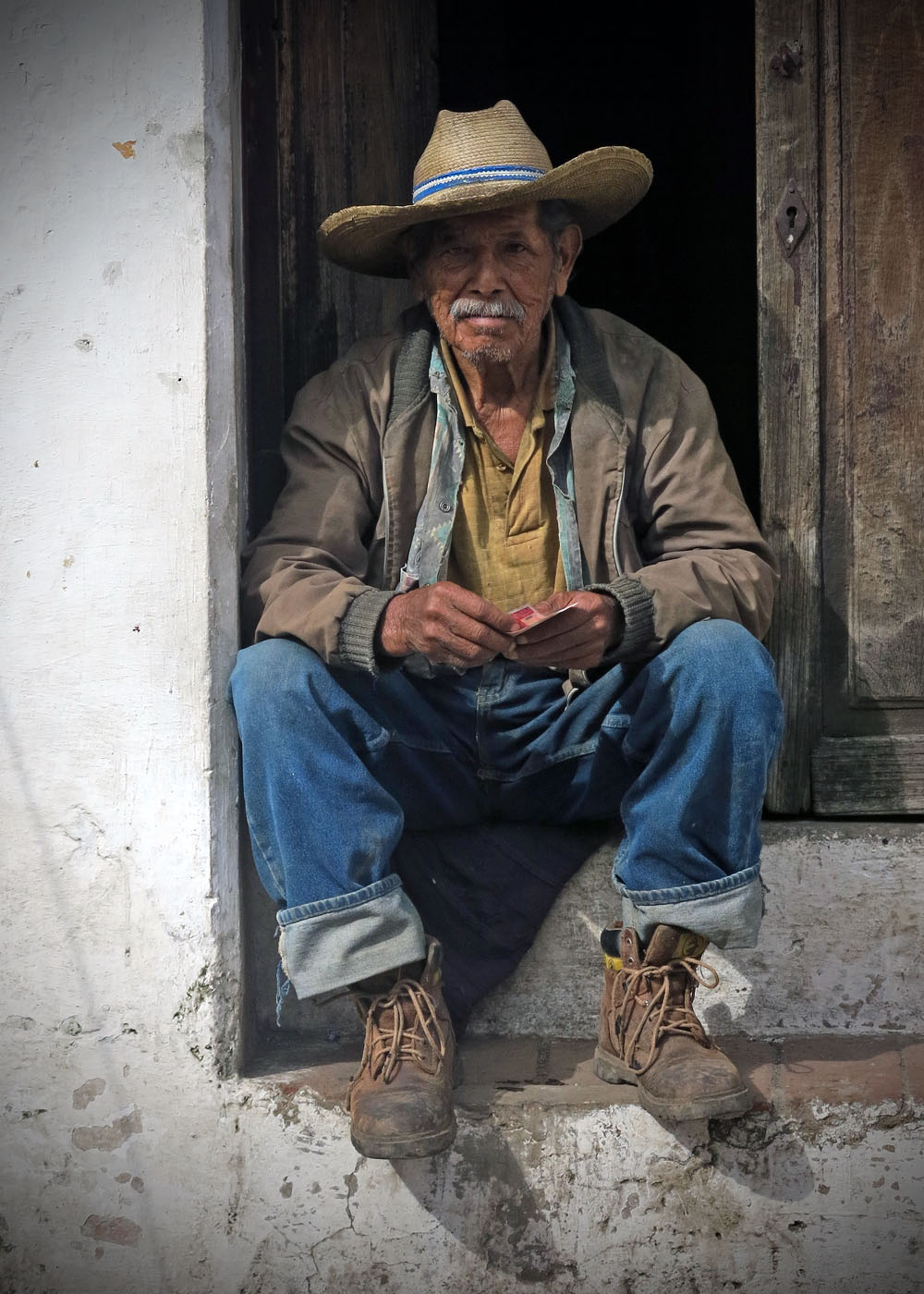
Photographic genres seem to change all the time, and what was once called one thing is now called something else. This may be splitting hairs and I may be full of crap, but I think there’s a difference between capturing a portrait on the streets and photographing a street scene with people. I would call the first example a “street portrait” and the second example “street photography.”
When I shoot a street portrait I’m looking to convey personality. I want to see character, wrinkles, soul and depth. I want to see a life story expressed without the need for words. I want to see the human condition with all its flaws and foibles. I want to see “real.” This requires focus and focus demands closeness. Environmental context is not very important, the subject is what’s important. Conversely, street photography demands context, and the human subjects are often incidental. Street photography begs candidness, whereas a street portrait can be posed to a greater or lesser extent depending on the situation.
I’ve been travelling the world and photographing its people; for the past four years I’ve been in Latin America from Mexico to Peru. I still have Bolivia, Chile and Argentina coming up before I finish the Latin American portion of my world adventure, and then I’ll be heading back to Asia. I am primarily a wildlife and nature photographer, but I do enjoy capturing street portraits and doing street photography. I’ve gained some insights while travelling, and I think these tips can be applied almost anywhere.
The first thing I learned is that it takes some cajones. You have to get close to take a portrait, and getting close automatically telegraphs your intentions. No stealth photography here. When you’re in a foreign country and don’t speak the native language it can often exacerbate the problem. For instance, I’ve been down south now for almost 5-years and my Spanish still really sucks. But there are tricks-of-the-trade, so not to worry.
Okay, so the first order of business is to cinch up your big-boy pants, take a deep breath and do a personal gut-check (apologies to my female readers for these gender-specific terms.) If you are going to engage in this kind of photography you’re going to be In Their Face and In Their Space. There’s no way around it. Here are my tips:
Equipment. I find there are two ways to go here, and I do both almost equally. I will either shoot with my primary shooter, my Canon EOS 5D Mark II full-frame camera with a Canon EF 24-105mm f/4L IS USM zoom lens or Canon EF 70-200mm f/4L USM telephoto zoom lens, or I will use my backup shooter, a small Canon PowerShot G15 pocket camera. There are advantages and disadvantages to both as you can imagine.
Attitude. Positive is the operative word here. I’m an introvert by nature so I find this kind of photography to be personally challenging, but at the same time highly rewarding. Smile, be polite and show respect. This is doubly important in a foreign country. Remember your manners, ask, say please and thank you—because my Spanish sucks I smile a lot and use a lot of hand gestures. And strange as it may seem I am rarely refused. If I am I simply smile, say I’m sorry and thank you—Lo siento y muchas gracias.
Pose. Unlike street photography where the scenes are typically candid, street portraits are usually posed. I try to relax the subject as much as possible, and I’m always goofing around and laughing. I make fun of myself, slapping my forehead, rolling my eyes and acting like a complete idiot. Many would say this comes naturally to me, but I think that’s rather unkind. I will often include a bit of environmental context to add some flavor, but I’m totally focused on the subject. Especially the eyes.
Shooting. I shoot a bunch of shots quickly. I set my camera to aperture priority, I shoot with a single, center focus point (on the eyes), single shot autofocus, auto ISO and at a continuous 3 fps. I will bang out a lot of shots, jabbering the whole time, and my subjects get used to the commotion and relax quickly. Basically I’m shooting like I would in the studio, but I’m on the street with natural light and shooting handheld.
Money. Yes, I pay. Always if I’m asked and usually even if I’m not. These are not rich people I’m photographing, and $1 USD goes a long way in most countries. The people are appreciative and I’ve never been taken advantage of—I can always walk away if I don’t like the terms. I would feel pretty cheap refusing to pay even $1 USD when I’m sporting $6,000 USD worth of photo gear. I know photographers who absolutely refuse to pay, and all I can think is “cheap bastards.”
Danger. You have to be sensitive to the local culture, especially when photographing indigenous peoples. With indigenous peoples I always ask permission, to do otherwise can put you in physical danger. There have been cases of photographers being physically assaulted and even killed. Be aware, be sensitive and be careful. To do otherwise is rude, arrogant and dangerous. I’ve photographed indigenous peoples in many places, the H’mong hill tribes in Vietnam, the Maya in Chiapas, Mexico, the Maleku in central Costa Rica and the Inca in Peru. I’ve never had a problem.
Processing. When shooting street portraits I try not to over-process in post. I strive to keep it real, blemishes and all. Most often I prefer B&W for my street portraits and street photography, but when a good color opportunity comes along I’ll take full advantage of it. It has nothing to do with tradition or so-called purist photography, its just that I find color sometimes distracting and can potentially diminish the subject. At other times color can further enhance an already great shot. It’s a matter of personal choice.
If you haven’t tried this kind of photography before I would challenge you to give it a try. It takes some getting used to, especially for us introverts, but the rewards can be so great. Not only do you get some cool shots, but you meet some really interesting people along the way. I will never forget the people, and their stories, illustrated above: Juan Pablo was photographed in Antigua, Guatemala; I found Señor Cigar in Trinidad, Cuba and the little Inca dancing girl was recently photographed in Huaraz, Peru. Remember, you’re In Their Face and In Their Space.
Read Stephen’s previous post on How to Make Money Taking Pictures
Get Stephen’s gear:
Canon EOS 5D Mark II
Canon EF 24-105mm f/4L IS USM
Canon EF 70-200mm f/4L USM
Canon PowerShot G15 pocket camera

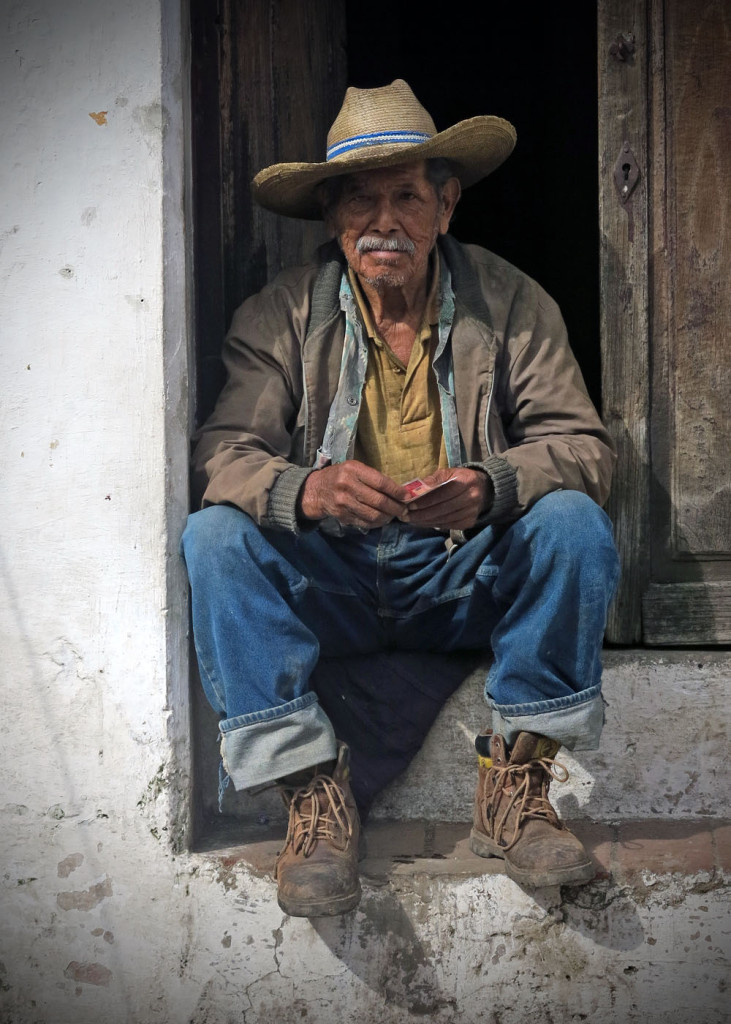
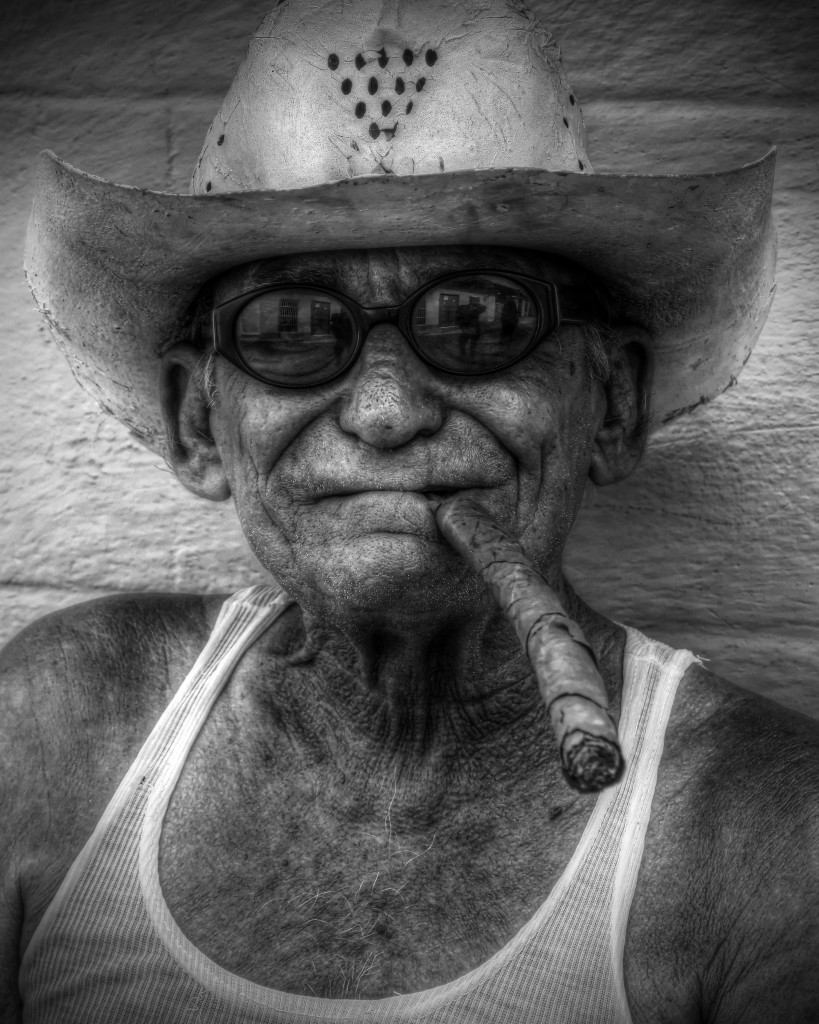
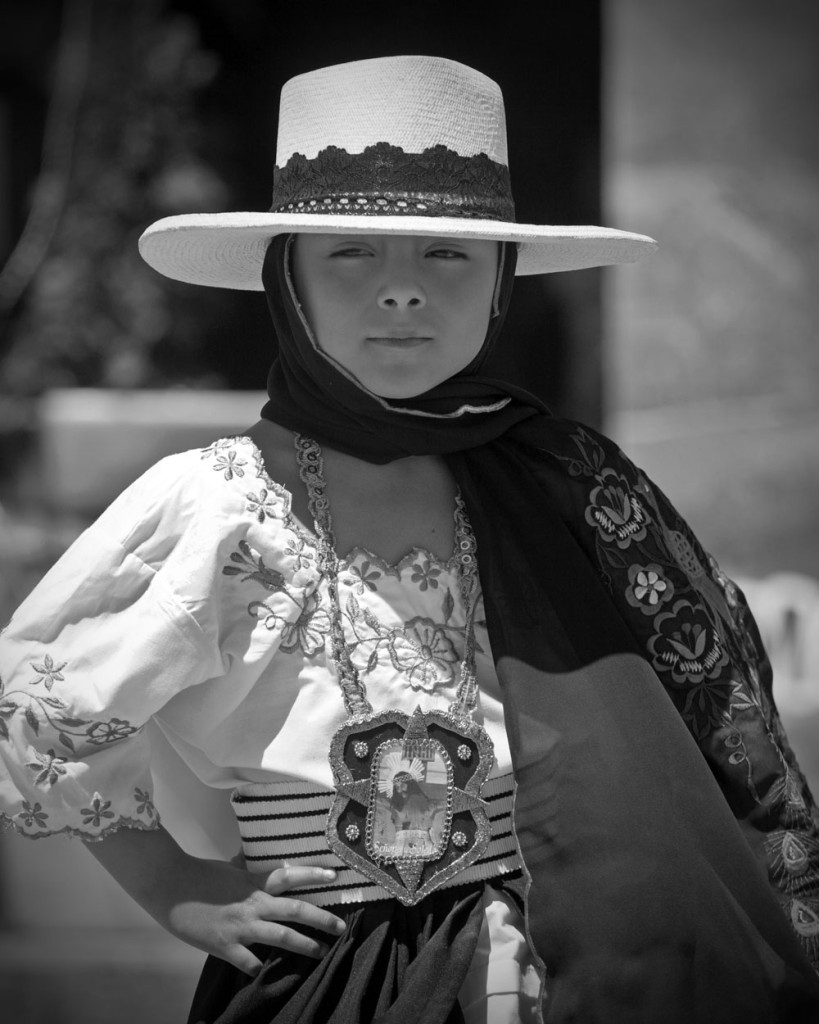

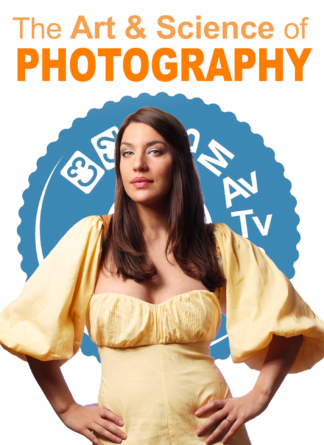
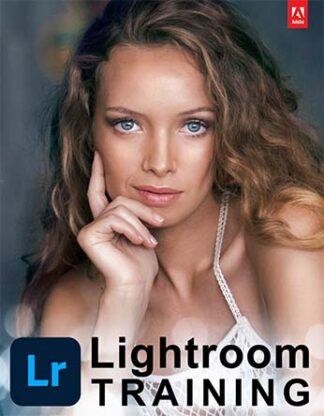
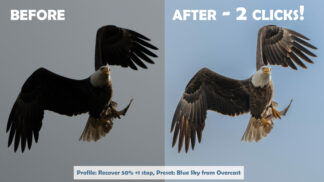
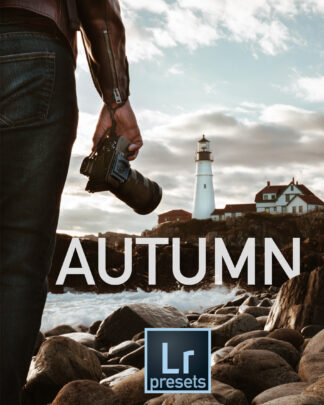
Comments are closed.